In the realm of firefighting technology, foam fire trucks stand as stalwart guardians against the relentless threat of flames. These specialized vehicles are pivotal in combating fires, especially those involving flammable liquids and materials. But what exactly is a foam fire truck, and why is it so crucial in the firefighting arsenal? Let’s delve into the intricacies of this essential firefighting apparatus.
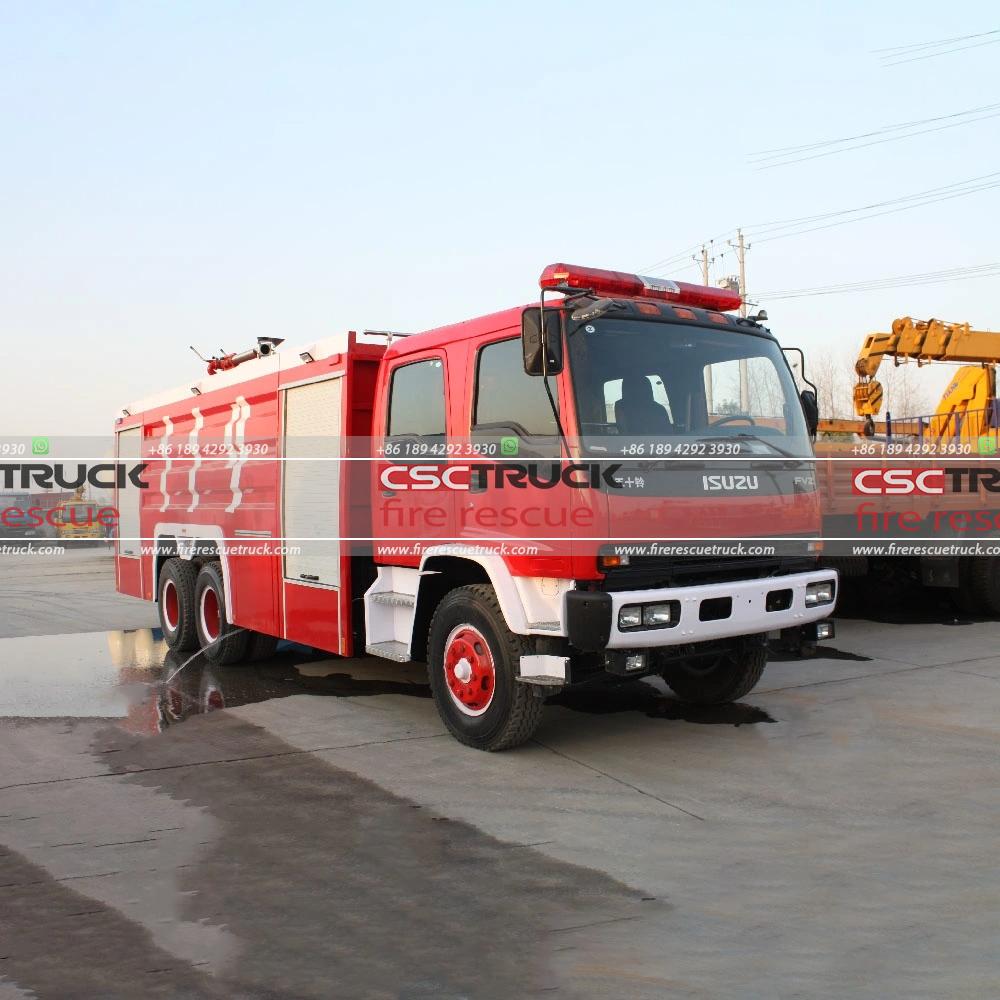
Understanding Foam Fire Suppression
Before diving into the specifics of foam fire trucks, it’s essential to grasp the concept of foam fire suppression. Traditional firefighting methods rely on water to extinguish flames by cooling the fire and suffocating it by removing oxygen. While effective for most scenarios, water may not be sufficient for fires involving flammable liquids or those in confined spaces.
Foam fire suppression adds an extra layer of efficacy by smothering the fire with a blanket of foam. This foam suppresses the release of flammable vapors, cools the fire, and forms a barrier between the fuel and oxygen, effectively snuffing out the flames. Foam is particularly useful for extinguishing fires involving flammable liquids like gasoline, jet fuel, and alcohol-based substances.
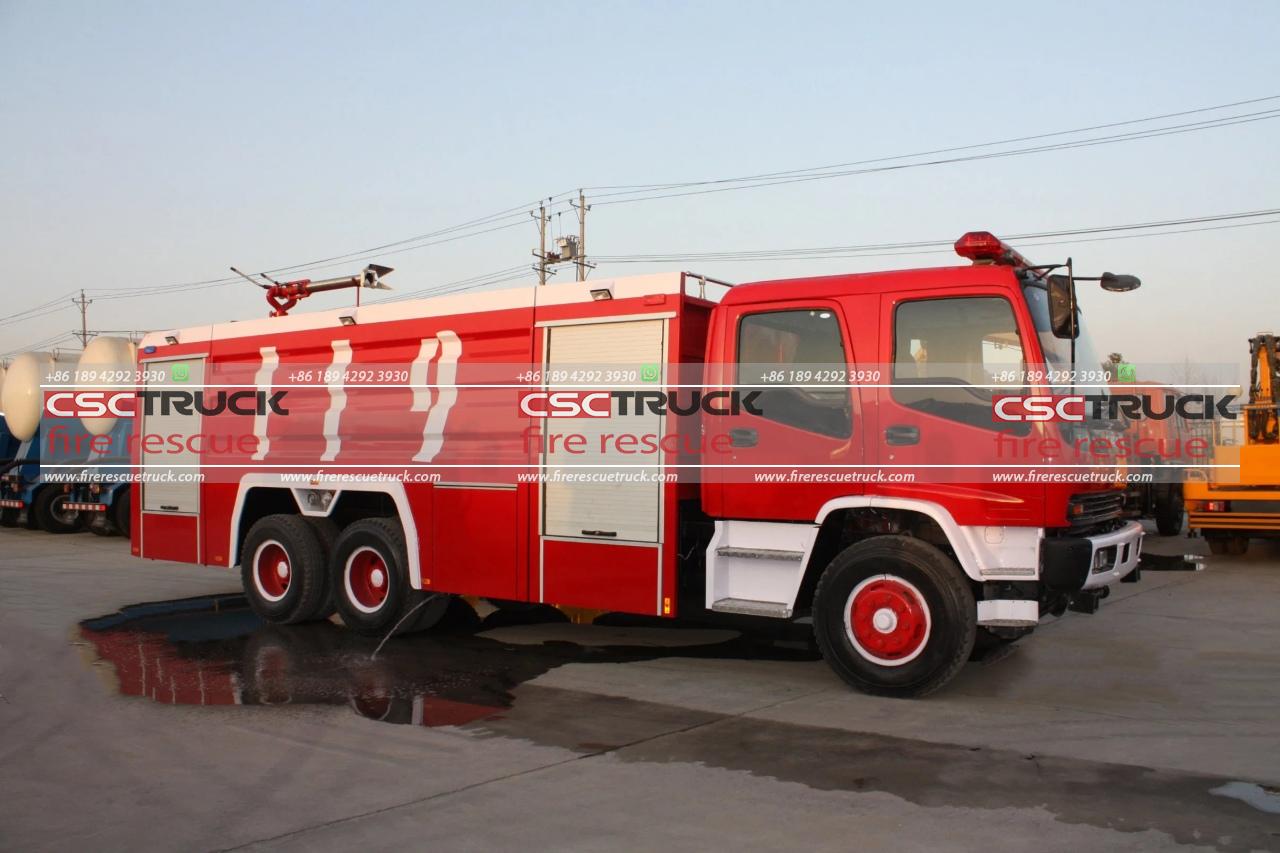
The Role of Foam Fire Trucks
Foam fire trucks are purpose-built vehicles equipped with specialized systems for generating and dispensing firefighting foam. These trucks play a crucial role in industrial settings, airports, petrochemical facilities, and other environments where flammable liquids pose a significant fire risk.
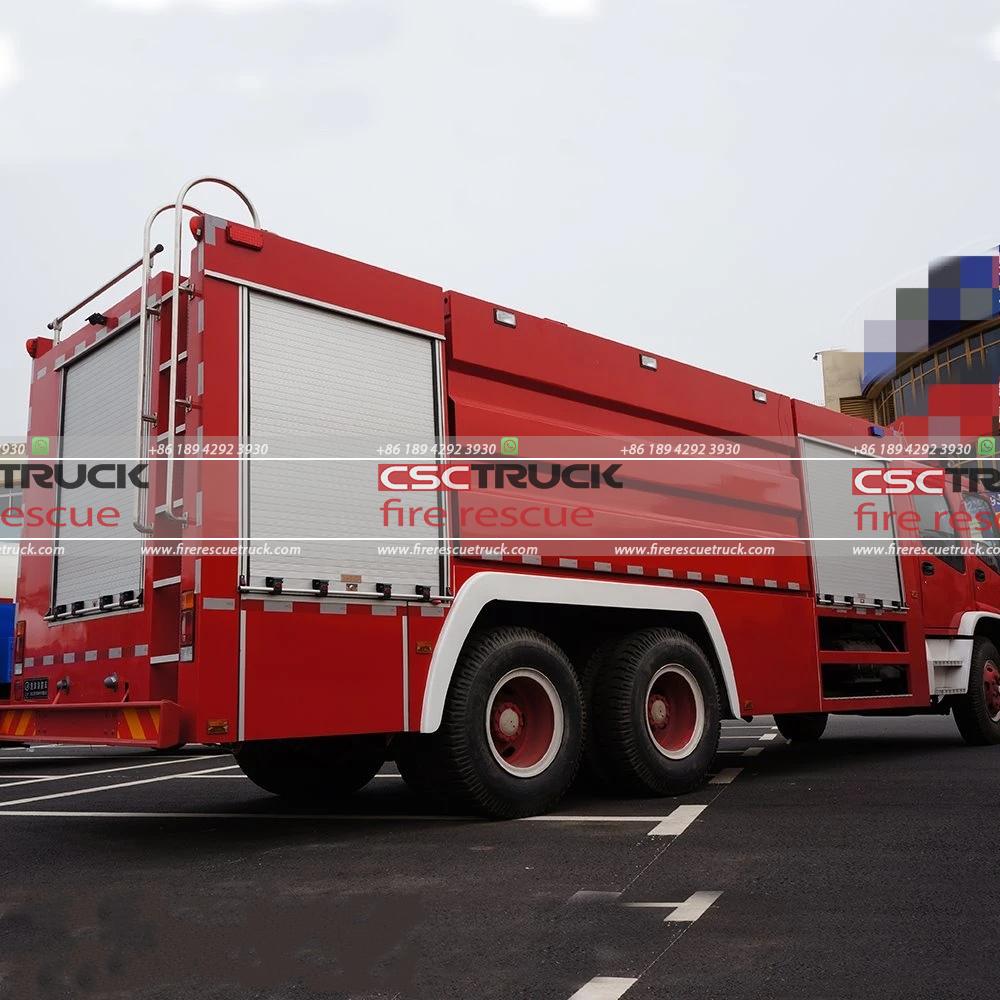
Key Components of a Foam Fire Truck
Foam fire trucks are outfitted with various components to facilitate efficient foam deployment and firefighting operations:
1. Foam Tanks: Foam fire trucks are equipped with large tanks to store firefighting foam concentrate. These tanks hold the concentrated foam solution, which is mixed with water to generate firefighting foam.
2. Proportioning Systems: Proportioning systems mix the foam concentrate accurately with water at the desired ratio to produce foam. These systems ensure the correct concentration of foam is applied to combat the fire effectively.
3. Foam Generators: Foam generators, also known as foam proportioners, are responsible for injecting the foam concentrate into the water stream to create foam. These devices are crucial for producing the desired foam consistency and volume.
4. Foam Discharge Devices: Foam fire trucks are equipped with various discharge devices such as foam cannons, nozzles, and monitors for applying foam to the fire. These devices allow firefighters to direct foam onto the fire from a safe distance.
5. Water Tanks and Pumps: In addition to foam systems, foam fire trucks typically feature water tanks and pumps for traditional firefighting operations. This allows firefighters to switch between foam and water as needed during the firefighting process.
6. Auxiliary Equipment: Foam fire trucks may also be equipped with additional firefighting equipment such as hoses, reels, and specialized tools to support firefighting efforts.
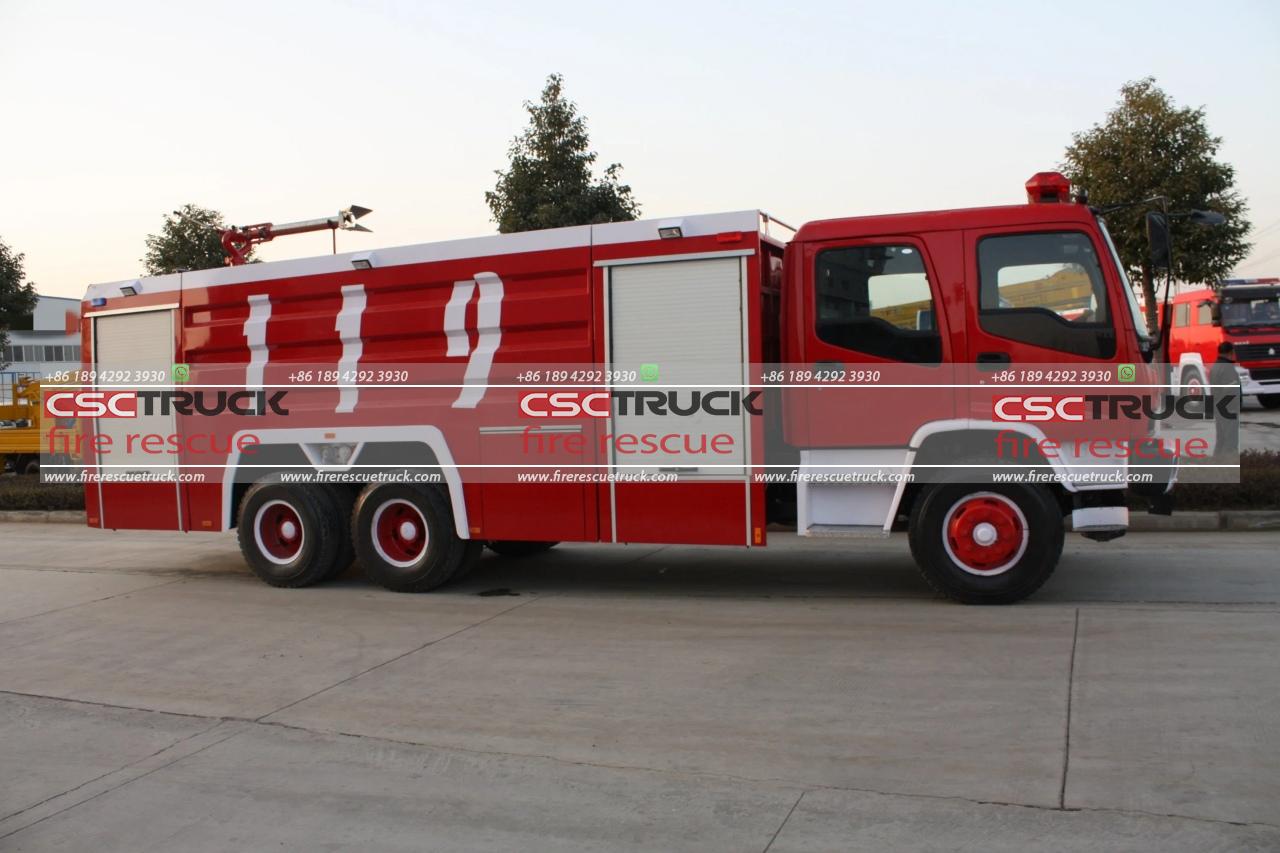
Types of Foam
Foam fire trucks utilize different types of foam based on the specific requirements of the fire:
1. Aqueous Film-Forming Foam (AFFF): AFFF is a versatile foam commonly used for extinguishing fires involving flammable liquids. It forms a thin film on the fuel surface, effectively smothering the fire.
2. Protein Foam: Protein foam is derived from natural proteins and is effective for combating fires fueled by hydrocarbon-based liquids. It creates a thick blanket of foam that suppresses the fire and prevents reignition.
3. Synthetic Foam: Synthetic foam, also known as alcohol-resistant foam (AR-AFFF), is designed to combat fires involving polar solvents like alcohol and ketones. It forms a stable foam blanket that withstands the effects of alcohol-based fuels.
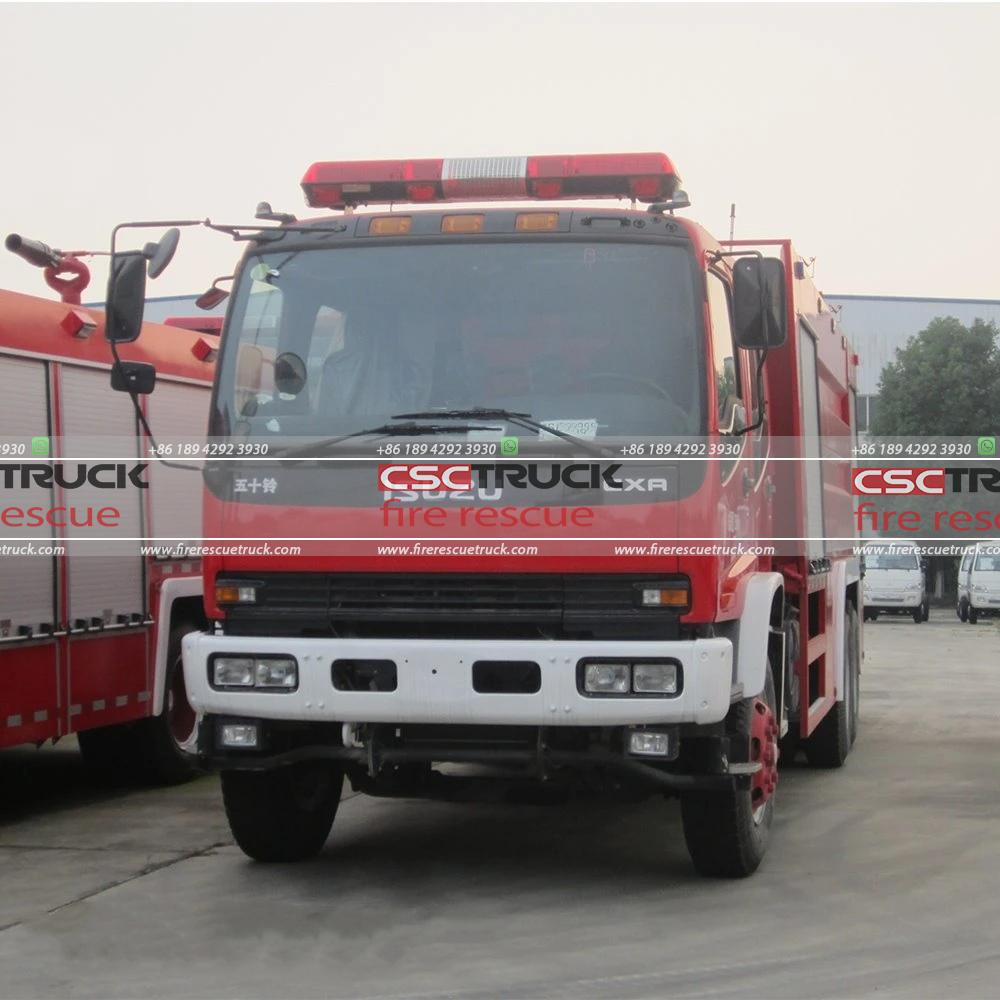
Applications of Foam Fire Trucks
Foam fire trucks find applications in various industries and settings:
1. Petrochemical Facilities: Foam fire trucks are vital for protecting petrochemical facilities, refineries, and storage terminals where the risk of fires involving flammable liquids is high.
2. Aviation: Airports utilize foam fire trucks equipped with specialized foam systems to respond to aircraft fires, including fuel spill fires and engine fires.
3. Industrial Settings: Foam fire trucks are deployed in industrial complexes, manufacturing plants, and warehouses where flammable liquids are stored or used in production processes.
4. Maritime: Foam fire trucks are used in port facilities and aboard ships to combat fires in maritime environments, including vessel fires and fuel spills.
5. Hazardous Material Incidents: Foam fire trucks are essential for responding to hazardous material incidents involving flammable or combustible substances, providing effective fire suppression and vapor control.
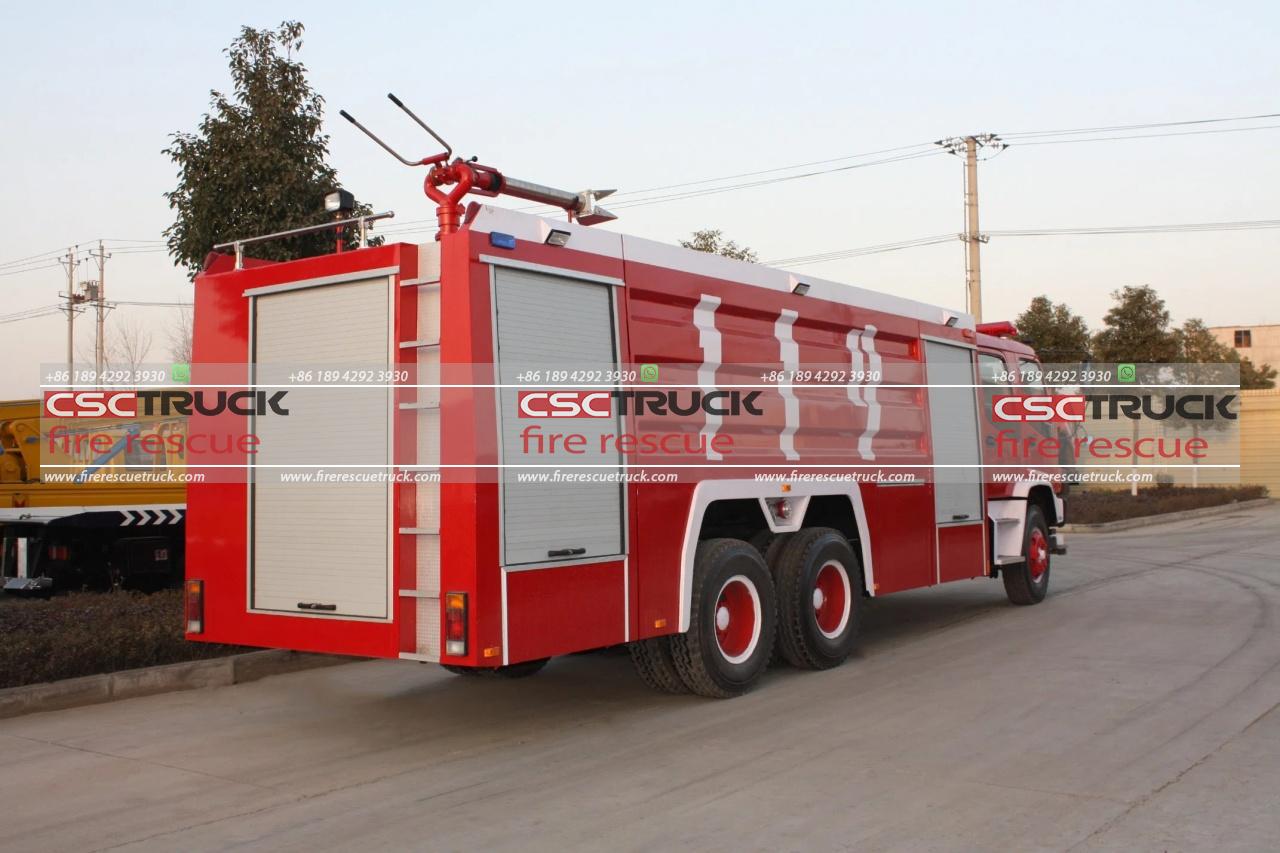
Conclusion
Foam fire trucks represent a critical component of modern firefighting strategies, offering enhanced capabilities for combating fires involving flammable liquids. With their specialized foam systems and equipment, these vehicles play a vital role in protecting lives, property, and the environment in diverse industrial and emergency response scenarios. As technology continues to evolve, foam fire trucks will undoubtedly remain indispensable assets in the ongoing battle against fires and hazardous incidents.







